- Home
- Graham Masterton
White Bones Page 3
White Bones Read online
Page 3
During the night, Paul rolled over onto his back and started to snore. Katie elbowed him and hissed, “Shut up, will you?” and he stopped for a while, but then he started up again, even louder. She buried her head under the duvet and tried to get back to sleep, but all the time she could hear that high, repetitive rasping.
She found herself walking through a dark, dripping abattoir. She wasn’t aware that she was asleep. Somewhere close by she could hear a shrill chorus of bandsaws, and the sound of men whistling as they worked.
She turned a corner and found herself on the killing floor. Five or six slaughtermen were standing around steel-topped tables, wearing long leather aprons and strangely-folded linen hats. They were nonchalantly cutting up carcasses, and tossing them into heaps. Arms on one heap, legs on another, heads in the opposite corner.
Katie walked toward them, even though the floor was slimy with connective tissue and she could feel the blood sticking to her bare feet. As she came closer, she suddenly saw that the carcasses were human – men, women and children.
She came up behind one of the slaughtermen and lifted her hand to touch him on the shoulder. “Stop,” she mouthed, but no sound came out. He was lining up a decapitated human head, ready to saw it in half.
“Stop,” she repeated, still silently. At that moment, the decapitated head opened its eyes and stared at her. It started to jabber and babble, and with a thrill of horror she realized that it was trying to explain to her what had happened up at Meagher’s Farm.
“The Gray-Dolly Man! You have to look for the Gray-Dolly Man!”
“Stop! I’m a police officer!” Katie screamed at the slaughterman. But without hesitation he pushed the head into his bandsaw. There was a screech of steel against bone, and Katie’s face was sprayed with blood.
Katie woke up with a jolt. Paul was still snoring, and rain was spattering against the window. She waited for a few minutes, then she climbed out of bed and went through to the kitchen for a drink of sparkling Ballygowan water. She could see herself reflected in the blackness of the window as she drank directly out of the neck of the bottle. The ghost again, looking back at her.
You need a break, she told herself. She and Paul hadn’t had a holiday since February, when they had taken a cheap package to Lanzarote for ten days and it had rained for nine of them. Or maybe she needed a different kind of break. A break from her entire life. A break from pain and violence and kicking down doors to damp-smelling apartments. A break from her guilt about little Seamus.
But she couldn’t forget those eleven skulls, lined up higgledy-piggledy beside the excavation where the rest of their bodies were strewn. And she couldn’t forget those little rag dolls, dangling from their thighbones. Eleven people, deserving of justice. She just prayed to God that they hadn’t suffered too much.
5
Wednesday was colder but very much brighter, and Katie had to wear sunglasses when she drove into the city. The roads were shining silvery-wet from the early-morning rain, and the Lee was glittering like a river of broken glass.
She took the road that ran alongside the quays, where red-and-white tankers and cattle-ships were moored, as well as a three-masted German training clipper. The river divided into two branches as it reached the large Victorian custom-house, so the center of the city was built on an island less than a mile wide and two miles long, connected by more than a dozen bridges and criss-crossed with narrow, devious streets and hidden lanes.
The buildings along the river were painted in greens and oranges and blues, which gave Cork the appearance of somewhere in Denmark, rather than the late-Victorian English-built city it actually was.
Katie drove past City Hall and turned south on Anglesea Street to the modern concrete block of the Garda headquarters. As she climbed out of her car in the car-park, she saw seven hooded crows sitting on the barbed-wire fence at the back. They stayed there even when she walked close by, their feathers ruffled by the sharp early-morning breeze, their eyes as black as buttons.
She remembered that one of the nuns at Our Lady of Lourdes had told her that crows had once been white, but when Noah sent a crow from the Ark to look for land, it had never returned, so God had tarred its feathers so that it looked as black as Satan.
She collected a plastic cup of cappuccino from the machine at the end of the corridor, and then walked along to her office. Sergeant Jimmy O’Rourke was standing outside her door waiting for her in a cloud of cigarette-smoke.
“Dr Reidy’s office sent us an e-mail this morning. I’ll go up to the airport to meet him at half-past eleven.”
She hung up her raincoat. Today she was wearing a green jacket in herringbone tweed and a black sweater. “That’s okay,” she said. “I’d like to pick him up myself.”
“Patrick’s left a printout of missing persons on your desk. I’ve sent Dockery and O’Donovan out to call on all of the farms around the Meagher place. But for what it’s worth, I heard something that could be interesting. I called up to the halting site at Hollyhill last night, and one of the Travelers happened to mention that Tómas Ó Conaill had been seen around Cork, him and some of his family.”
“Ó Conaill? That devil? I thought he was in Donegal.”
“He was, but he and his family haven’t been seen since the middle of August at least. Never mind, wherever he is, I’ll find him.”
“Thanks, Jimmy.”
Katie sat down at her desk and wrote “Tómas Ó Conaill” on her jotter, and underlined it three times. Two years ago, she had arrested Tómas Ó Conaill for a vicious attack on a pregnant girl in Mallow, almost disemboweling her with a chisel, but nobody had been prepared to testify against him, not even the girl herself. He was intelligent and charismatic, but he was an out-and-out sociopath who gave the Traveling people a bad name that they didn’t deserve – using their cant language and their intense secrecy to conceal his activities from the law.
Tómas Ó Conaill. If anybody was capable of killing and dismembering eleven people, it was him.
As she sipped her cappuccino, she glanced out of the window toward the new multi-story car-park at the back of the Garda station, and saw over a dozen crows clustered along the top of it.
She stood up and went to the window and stared at them. She had never been seriously superstitious, although she never walked under ladders. But the all these crows on the car-park roof strengthened her conviction that something bad was about to happen.
She sat down again. Next to her computer terminal stood a framed photograph of herself and Paul, on their wedding-day, four years ago. She had never noticed before that Paul’s right eye seemed to be looking one way, while the left eye was looking another. She reached out and touched the photograph with her fingertips and whispered, “Sorry.”
At 7:35 am there was a rap at her open door and Chief Superintendent Dermot O’Driscoll came in, eating a piece of toast. He was a huge, sprawling man with a high white quiff and a pinkish-gray face like a joint of corned beef. His hairy white belly bulged out between his shirt-buttons. He heaved himself into one of Katie’s chairs and said, “Well, Kathleen? How’s tricks? I hope you realize that the eyes of the world are on us.”
“I saw Sky News this morning, yes. But until I get Dr Reidy’s analysis –”
“All right. It’s just that the media are getting very impatient for fresh developments. And I’ve already had two calls from Dublin this morning, asking for progress reports.”
Katie liked Dermot, and trusted him. After she was unexpectedly promoted to detective superintendent, he had protected her from some very rancid criticism, especially from some of the male detectives who had been passed over. But she didn’t care much what the press thought about her, unless they got their facts arse-about-face, and she was too impatient to get results to share his constant concern about “presentation.”
“I’m sure we can handle it here, sir,” she told him. “We have all the manpower and all the facilities we need. But I think there’s more to this case than m
eets the eye and the last thing I want to do is jump to any lurid conclusions for the sake of amusing the media.”
“So where are we so far?”
Katie held up the file that Detective Garda O’Sullivan had left for her. “In the past ten years, over four hundred and fifty people have gone missing without trace in the North Cork area, although never more than three together at any one time, and that was in 1997 near Fermoy. Even when eleven people or more have gone missing in a short space of time, there hasn’t been any kind of connection or consistency between them. Summer, 1995: A 45-year-old Waterford man disappeared from the bridge over the River Bride near Bridebridge. The next day a 13-year-old English girl vanished from her parents’ caravan at Shanballymore. The same evening, a 33-year-old electrician failed to return home to his family in Castletownroche. Eight other people went missing in the next two days. That’s eleven in total. But they didn’t have anything in common – not sex, or appearance, or age, or financial background, or even where they were last sighted, and none of them gave any evidence of being distressed or upset before they left.”
“What about revenge killings, or executions?”
“Far too soon to tell. It could have been political, it could have been criminal. We really don’t know. Liam’s talking to Eugene Ó Béara but I’m not especially hopeful.”
“How about Eamonn Collins?”
“I’ll talk to him myself, later today.”
“You said yourself it could have been a natural disaster – an epidemic?”
“Patrick O’Sullivan’s looking into that… going back over hospital and doctors’ records for the Mallow and Fermoy and Mitchelstown area. But eleven people… that’s a lot of people to die at once and nobody to notice it. And of course we’ve got these mysterious little dolls.”
“Do you have any ideas what they’re all about?”
“None at all. They suggest some kind of folk ritual, don’t they? But none of us have ever come across any ritual like this before.”
“Any other leads?”
“Jimmy’s been talking to some of his contacts in the Traveling community. Apparently Tómas Ó Conaill’s been seen in the area.”
“Ó Conaill? That piece of work. I thought he was up north these days. Ireland’s answer to Charles Manson.”
“Well, he may be nothing to do with any of this, but I want to be sure. Apart from that, I’d like at least twenty guards so that we can make house-to-house inquiries around the Knocknadeenly area, and make a thorough search of the whole of the Meagher Farm.”
“And what should I be after telling the media?”
“You can tell them we’re on top of it.”
“Well, Katie, they may want something a little more exciting than that.”
“This isn’t entertainment, sir, with all due respect.”
“Katie – come on, now. Diplomacy. You know as well as I do that if you want their assistance, you’ll have to give the media fellows something to keep their salivatory juices flowing. You’re a story in yourself, don’t forget.”
“I don’t want to release anything about the dolls, not yet. Not till we know what their significance is.”
“Fair enough. But what can you release?”
“I’ll tell them we’re trying some secret new techniques to establish the victims’ identities.”
“That’s good. I like that. And what secret new techniques might these be?”
“I don’t know. That’s why they’re secret.”
Chief Superintendent O’Driscoll shook his head. “You’re a great detective, Katie. One of the best I’ve ever had. But you have to understand that the job requires some tact, my love, as well as skill.”
“When I find out who dismembered eleven people and buried them on Meagher’s Farm, sir, then I’ll be sweetness itself.”
The briefing was short and inconclusive and full of smoke. The technical team showed pictures of the scattered skeletons, but there didn’t appear to be any pattern to their disposal. All that they could usefully deduce was that the bodies must have been dismembered before they were buried, because nine femurs were located at the bottom level of the excavation, with three ribcages on top, and then dozens of assorted tibias and fibulas and scapulas, with finger-bones and toe-bones and skulls.
And, of course, the legs must have been cut off so that holes could be drilled, and little rag dolls tied onto them.
Detective Sergeant Edmond O’Leary pointed mournfully to the blown-up photographs. “There was no way of telling for certain which thighbone belonged to which pelvis; or which patella belonged to which thighbone; or which anything belonged to anything else.”
At the back of the room, Liam sang, under his breath, “The hipbone was disconnected from the… thighbone! The thighbone was disconnected from the… kneebone!”
Katie turned around and gave him an exasperated frown, but he gave her a grin of apology and a wave of his hand.
“Until we have a full pathological report, all we can say for sure is that these skeletons were probably all buried under the feedstore in Meagher’s Farm at the same time… even though they may not have actually died or been killed at Meagher’s Farm. Their remains may have been transported from another location, and we don’t yet have any evidence that they died or were killed on the very same day.”
“Any footprints found?” asked Liam.
“Only John Meagher’s, and his mother’s, and those of his various laborers.”
“Tire-tracks?”
“John Meagher’s Land Rover Discovery, that’s all. And the milk lorry from Dawn Dairies. And the young boy’s bicycle.”
“Any clothing found, or shoes?” asked Katie.
“No, nothing.”
“Any buttons, or hooks-and-eyes, or zippers, or fastenings of any kind?”
“No, and that was unusual, peaty soil being such a preservative.”
“So we could be looking for clothes, as a possible clue?”
“We could, yes. And jewelry, of course. They were all adults, by the size of them, and it would be rare to find eleven adults without a single crucifix, or wristwatch, or wedding-ring between them.”
“Get onto that,” Katie told Edmond O’Leary. “Ask around the jeweler’s shops in Cork, in particular… see if they’ve been offered a quantity of wedding-rings and other personal knick-knacks. Lenihan’s would be a good bet, in French Church Street. We pulled in Gerry Lenihan twice last year for fencing stolen rings.”
“The only other thing I can tell you so far is that the bones were probably those of young adult females, although I will obviously bow to Dr Reidy’s greater expertise in this matter if he says different.”
At that moment, Garda Maureen Dennehy came into the briefing-room and handed Katie a note. Eamonn Collins: Dan Lowery’s, 2:30 pm.
“Thanks, Maureen.”
“By the way, your husband called you, too. He said he may have to go to Limerick tonight, so don’t wait up for him.”
“All right,” Katie nodded, thinking to herself, what the hell is Paul up to now?
6
She was talking to one of the airport security police when Dr Owen Reidy came through the automatic sliding doors, impatiently pushing two young children aside. He was wearing a billowing tan trenchcoat that was belted too tight in the middle and a wide-brimmed trilby hat.
“They kept us waiting on the runway at Dublin for over twenty minutes,” he grumbled, pushing his medical bag and his bulging overnight case at the young garda. “What do they think, we have time to waste waiting for these package holidaymakers to land from Florida? They should make them circle until they run out of fuel. And crash. And burn.”
Dr Reidy had a big, mottled face and sumptuous ginger eyebrows, and he always sported a huge spotted bow-tie. He had been closely involved with Charlie Haughey, when he was Taoiseach, and the Irish Examiner had claimed that he was “the fifth man” in a middle-aged orgy at the Grafton Hotel in Dublin, which Dr Reidy had always firmly denied. Den
y it or not, he was a grand stegosaurus from the mid-1980s, when the Irish economy had begun to boom, and certain people had made a great deal of money, thanks to nods and winks and tax-breaks and special favors, and he still expected to be treated like one of the great and the good.
“Glad to see you’re well, Dr Reidy,” said Katie, as they walked out into the sunshine,
“Pphh! I was hoping for two days of golf in Killarney. Not picking over skeletons in Cork.”
“So far, we’ve exhumed eleven skulls; which presupposes eleven different individuals, and a corresponding collection of assorted bones.”
“Well, your people can count then, can they? That’s one mercy.”
“We don’t have any suspects yet. It depends very largely on the way they died, and when.”
“So – as usual – you’ll be depending on me to crack your case for you.”
“You’re a great pathologist, Dr Reidy.”
“And you, detective superintendent, should be home minding your kids.”
Katie looked out of the car window as they were driven down the long hill toward Kinsale Roundabout, and Cork. She could have said all kinds of things in answer to that. She could have been dismissive, or bitter, or told him how she had gone to feed Seamus on that chilly January morning and found him dead, not breathing.
Instead, she said, “We’ve booked you your usual room, up at the Arbutus Lodge. I’ll have to warn you, though… it’s changed hands since you were here last, and the food’s not what it used to be.”
“I’ll take my chances with that, inspector.”
They drove into the city, and dropped Katie off in Anglesea Street. Dr Reidy said, “I’ll be letting you know my findings as soon as I can. I’m aiming to get at least two days’ golf in, after all.”
Katie said nothing, but closed the car door and watched him being driven off, his car bouncing and swaying over the potholes. She crossed the road and walked back into the Garda headquarters, her head bowed, and when Garda Maureen Dennehy said, “Chief Superintendent O’Driscoll has been looking for you, ma’am,” she didn’t look up, not once.

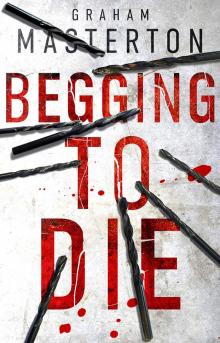 Begging to Die
Begging to Die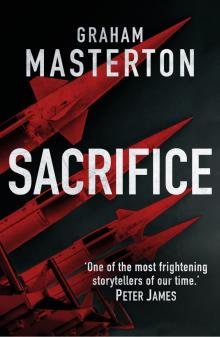 Sacrifice
Sacrifice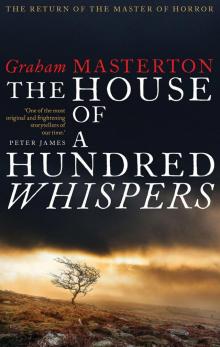 The House of a Hundred Whispers
The House of a Hundred Whispers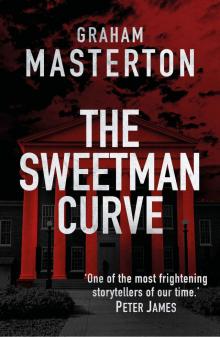 The Sweetman Curve
The Sweetman Curve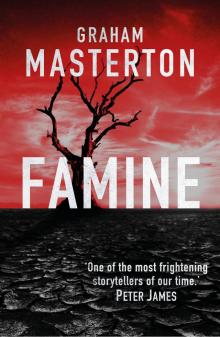 Famine
Famine Plague: A gripping suspense thriller about an incurable outbreak in Miami
Plague: A gripping suspense thriller about an incurable outbreak in Miami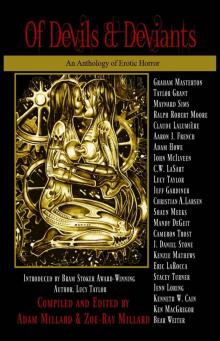 Of Devils & Deviants: An Anthology of Erotic Horror
Of Devils & Deviants: An Anthology of Erotic Horror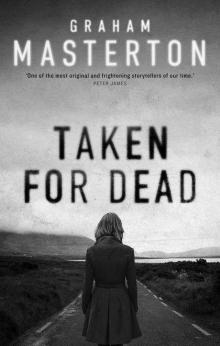 Taken for Dead (Kate Maguire)
Taken for Dead (Kate Maguire)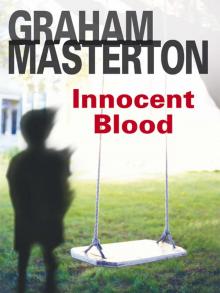 Innocent Blood
Innocent Blood Feelings of Fear
Feelings of Fear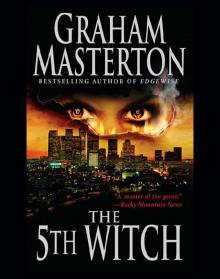 The 5th Witch
The 5th Witch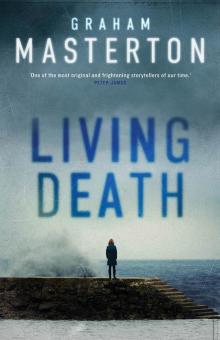 Living Death
Living Death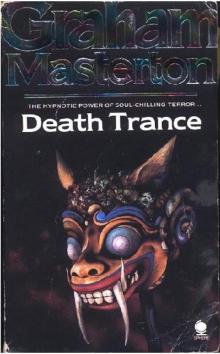 Death Trance
Death Trance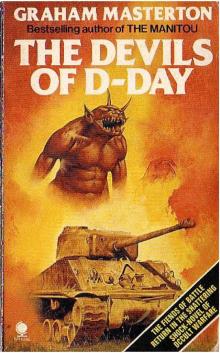 The Devils of D-Day
The Devils of D-Day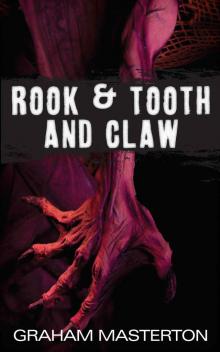 Rook & Tooth and Claw
Rook & Tooth and Claw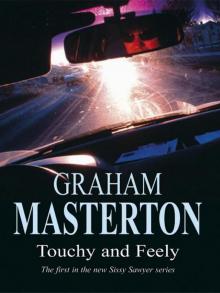 Touchy and Feely
Touchy and Feely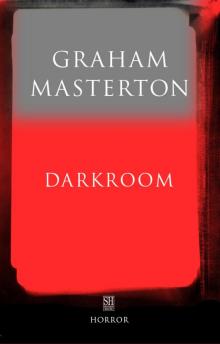 Darkroom
Darkroom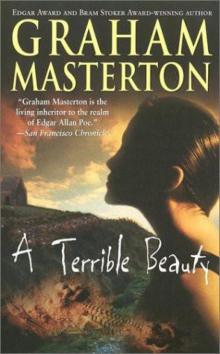 A Terrible Beauty
A Terrible Beauty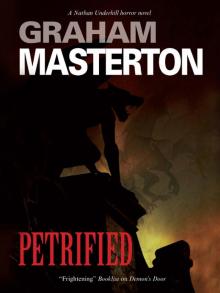 Petrified
Petrified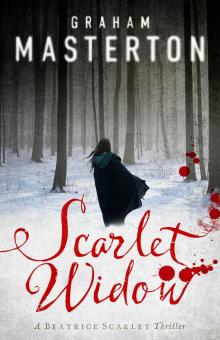 Scarlet Widow
Scarlet Widow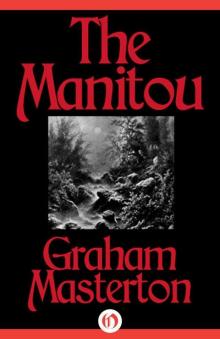 The Manitou
The Manitou Faces of Fear
Faces of Fear The Doorkeepers
The Doorkeepers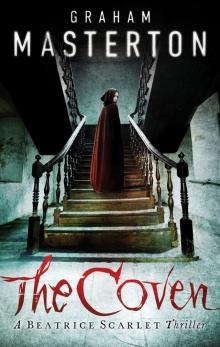 The Coven
The Coven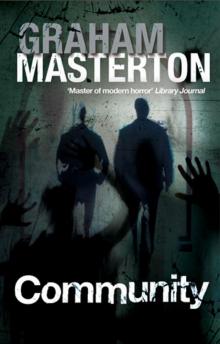 Community
Community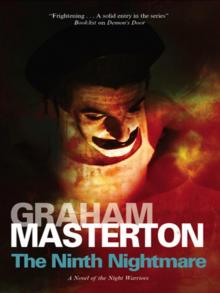 The Ninth Nightmare nw-5
The Ninth Nightmare nw-5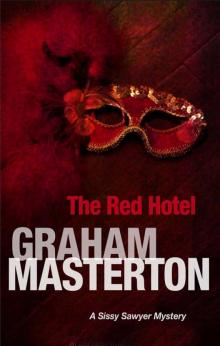 The Red Hotel
The Red Hotel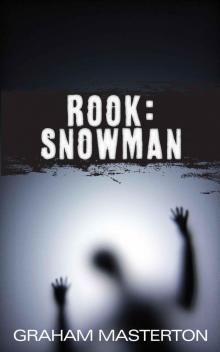 Rook: Snowman
Rook: Snowman Unspeakable
Unspeakable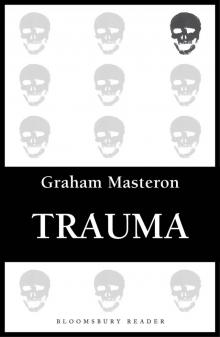 Trauma
Trauma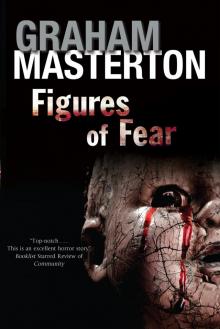 Figures of Fear
Figures of Fear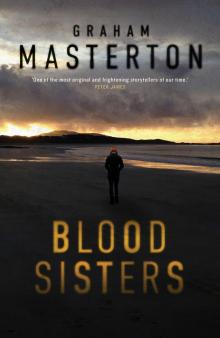 Blood Sisters
Blood Sisters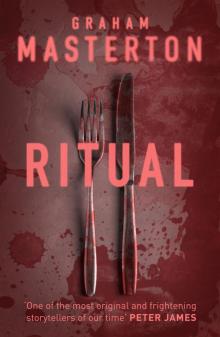 Ritual
Ritual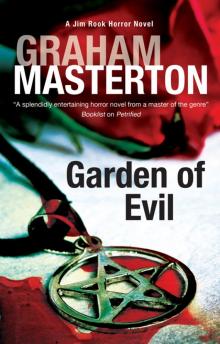 Garden of Evil
Garden of Evil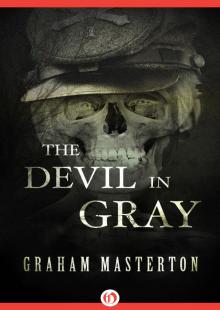 The Devil in Gray
The Devil in Gray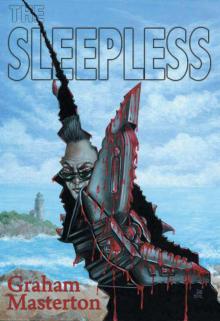 The Sleepless
The Sleepless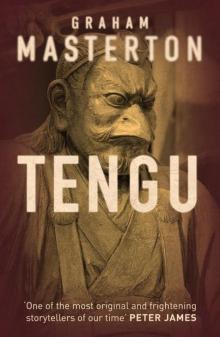 Tengu
Tengu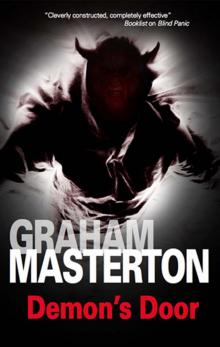 Demon's Door
Demon's Door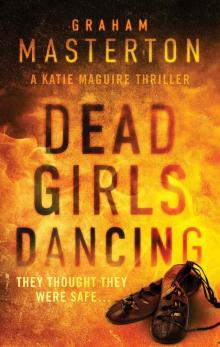 Dead Girls Dancing
Dead Girls Dancing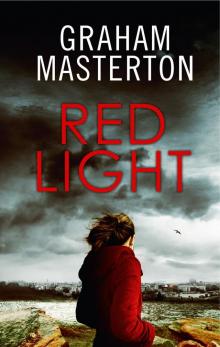 Red Light
Red Light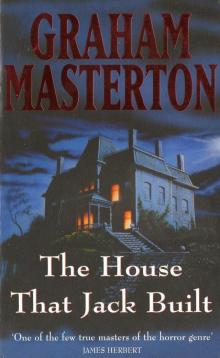 The House That Jack Built
The House That Jack Built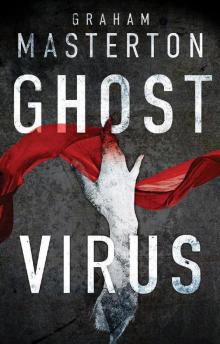 Ghost Virus
Ghost Virus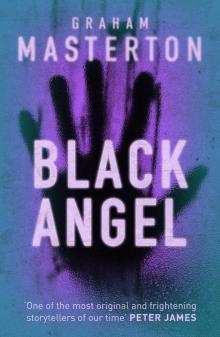 Black Angel
Black Angel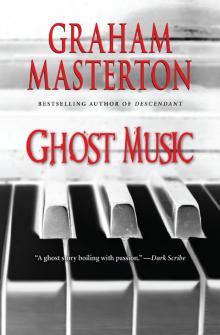 Ghost Music
Ghost Music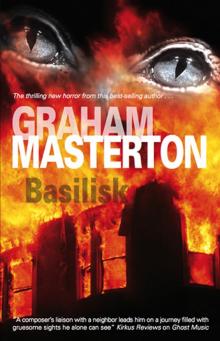 Basilisk
Basilisk Buried
Buried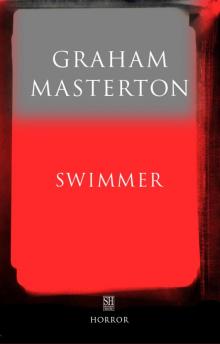 Swimmer
Swimmer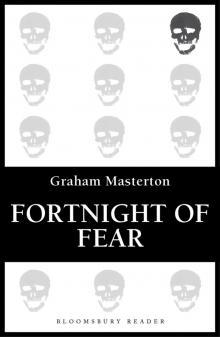 Fortnight of Fear
Fortnight of Fear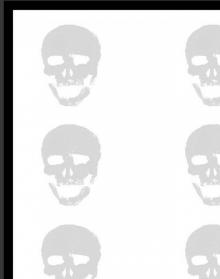 House of Bones
House of Bones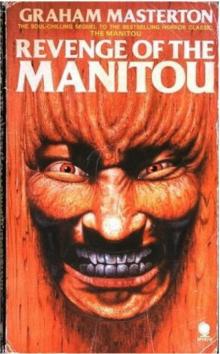 Revenge of the Manitou tm-2
Revenge of the Manitou tm-2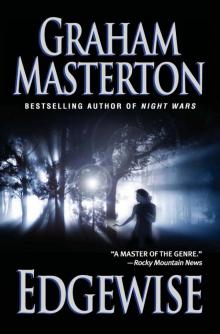 Edgewise
Edgewise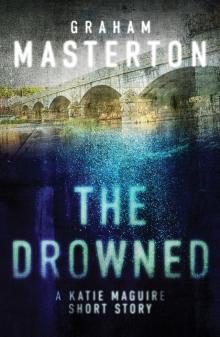 The Drowned
The Drowned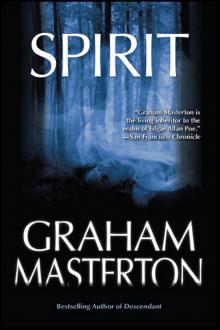 Spirit
Spirit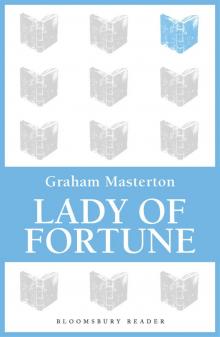 Lady of Fortune
Lady of Fortune Fire Spirit
Fire Spirit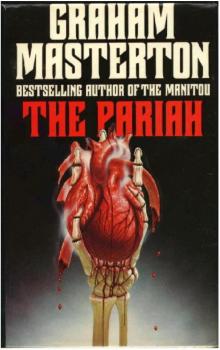 The Pariah
The Pariah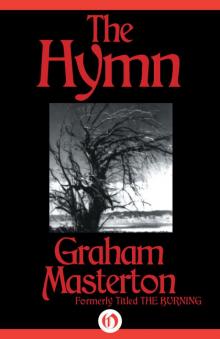 Hymn
Hymn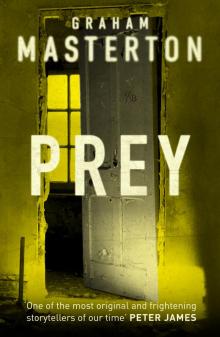 Prey
Prey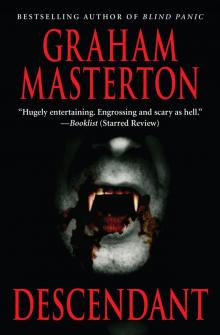 Descendant
Descendant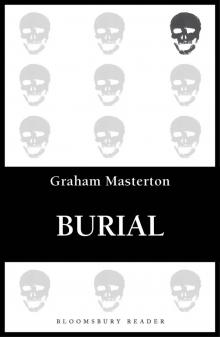 Burial
Burial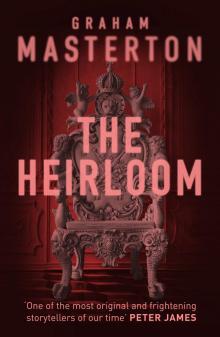 The Heirloom
The Heirloom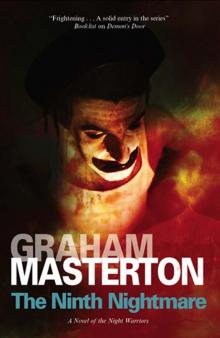 The Ninth Nightmare
The Ninth Nightmare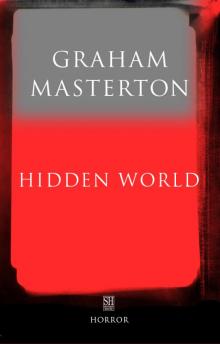 The Hidden World
The Hidden World Silver
Silver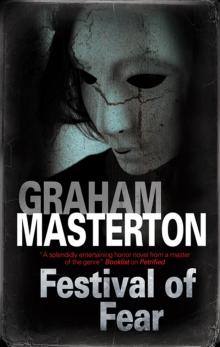 Festival of Fear
Festival of Fear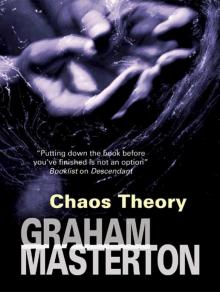 Chaos Theory
Chaos Theory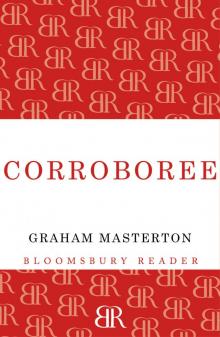 Corroboree
Corroboree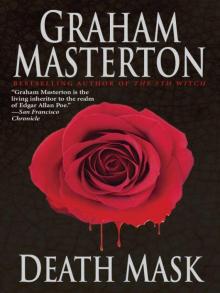 Death Mask
Death Mask Solitaire
Solitaire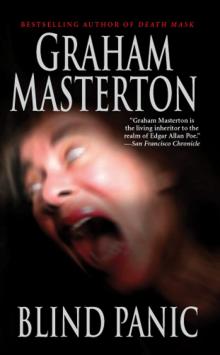 Blind Panic
Blind Panic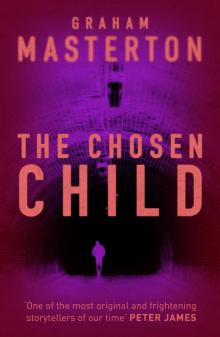 The Chosen Child
The Chosen Child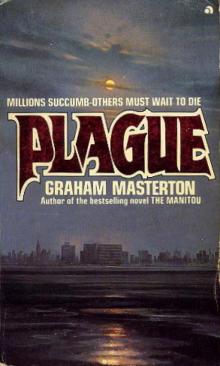 Plague
Plague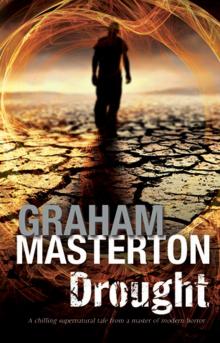 Drought
Drought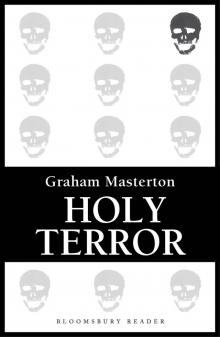 Holy Terror
Holy Terror White Bones
White Bones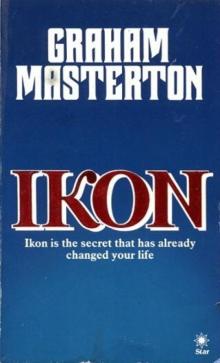 Ikon
Ikon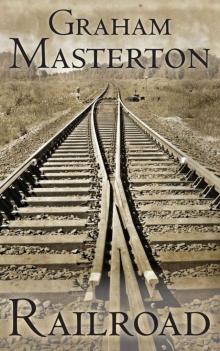 Railroad
Railroad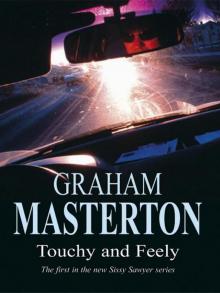 Touchy and Feely (Sissy Sawyer Mysteries)
Touchy and Feely (Sissy Sawyer Mysteries) Forest Ghost: A Novel of Horror and Suicide in America and Poland
Forest Ghost: A Novel of Horror and Suicide in America and Poland Plague of the Manitou
Plague of the Manitou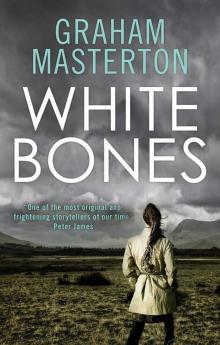 White Bones: 1 (Katie Maguire)
White Bones: 1 (Katie Maguire)